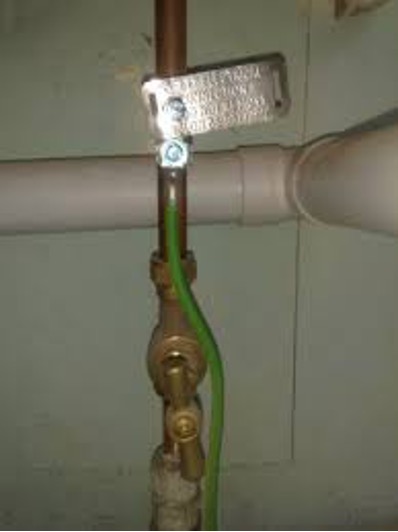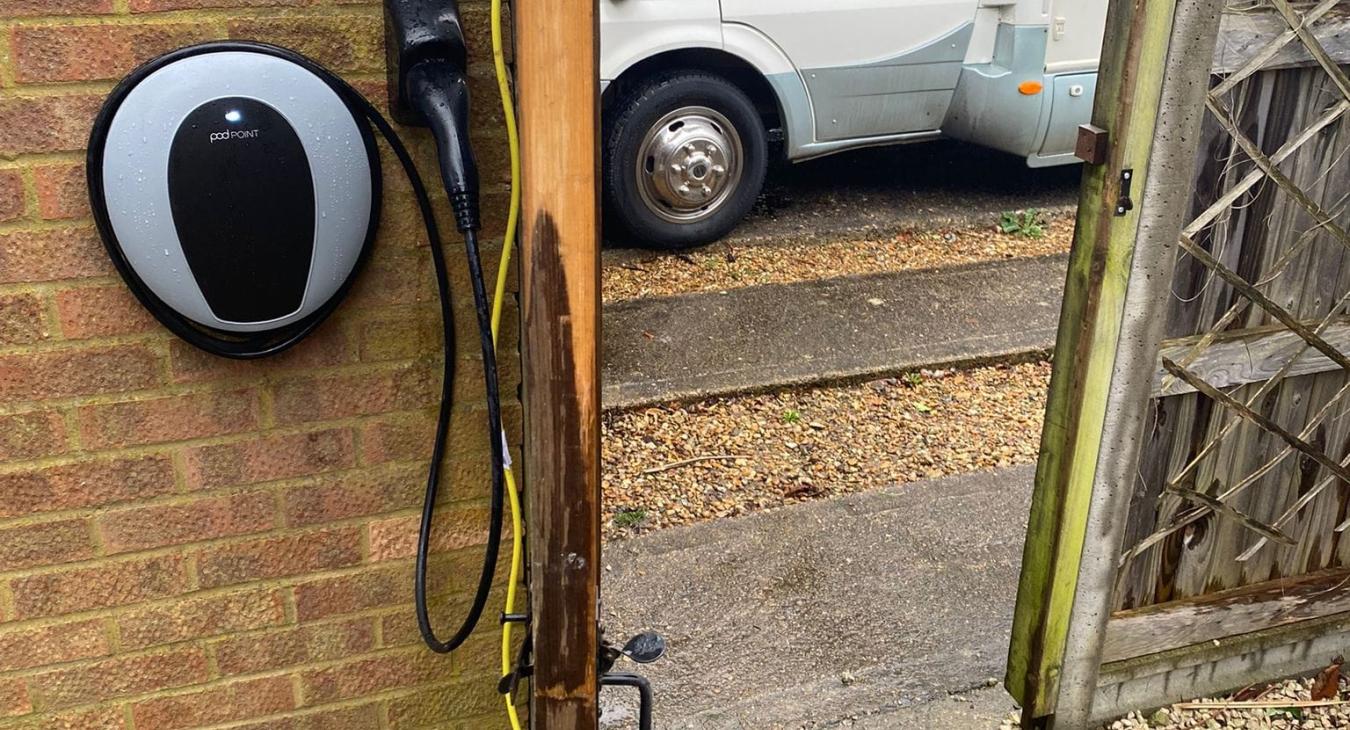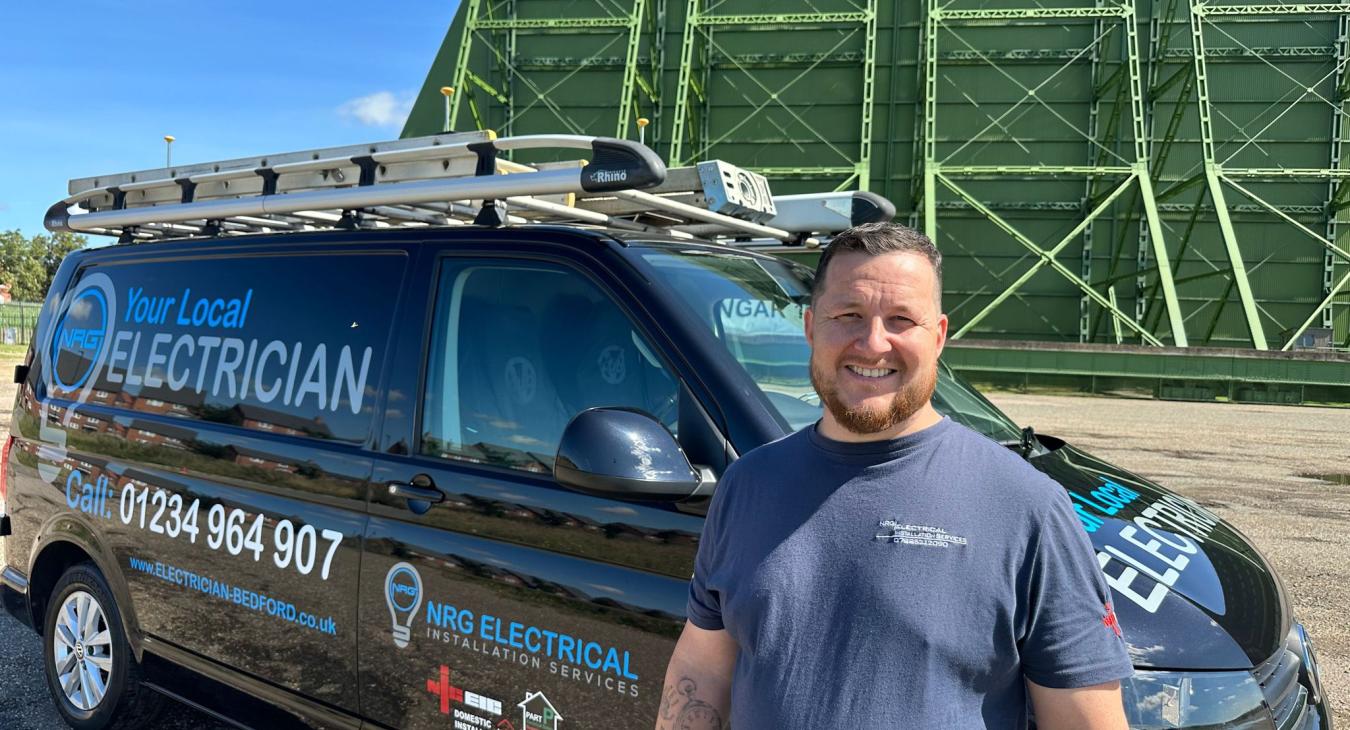
As a homeowner, it is essential to ensure that your electrical system is installed and maintained to the highest safety standards.
The British Standard BS7671 provides guidelines for the design, installation, and maintenance of electrical systems in the UK, including the requirement for equipotential bonding.
Equipotential bonding is a critical safety measure that must be installed in electrical installations, it ensures that all metal parts of an electrical installation are at the same potential. This includes items such as pipes, radiators, and other metallic parts that may come into contact with electrical conductors. By ensuring that all metal parts are at the same potential, the risk of electric shock and electrical fires is greatly reduced.
BS7671 is the British Standard for electrical installations and requires that equipotential bonding is installed in all electrical systems, including new installations and those that are being upgraded or extended. There are several key requirements that homeowners should be aware of when it comes to equipotential bonding:
- Location of equipotential bonding: The bonding should be installed as close as possible to the Gas or Water main Stop cock ideally within 600mm after the meter/stop cock.
- Size of conductors: The size of the conductors used for bonding should be sufficient to carry the maximum fault current likely to occur in the installation. The size of the conductors should also be determined an if it is undersized or insufficient it needs replacing.
- Main Earthing Terminal (MET): The MET must be installed at the point where the main earth conductor enters the building, and it must be connected to the main incoming earth as supplied by DNO (district network operator) or via your own Earth Rod.
- Main Bonding: The main bonding connection must be made between the MET and the incoming water and gas services.
- Supplementary Bonding: Supplementary bonding is required for all extraneous conductive parts, such as metal pipes, ducts, and conduits that are not part of the main bonding system.
- Bonding of Central Heating and Other Equipment: All metallic parts of central heating systems and other electrical equipment that can become live must be bonded to the main earthing terminal.
- Protective Conductors: All protective conductors must be installed and connected in accordance with BS7671.
- Verification: The installation must be tested and verified to ensure that all equipotential bonding connections are correct and effective.
In conclusion, equipotential bonding is a vital safety measure that must be installed in all electrical installations. Compliance with the requirements of BS7671 will ensure that the installation is safe, and all metallic parts of the electrical system are connected to a common earth potential.
Below you will see some examples of Equipotential bonding:


For more information regarding Equipotential Bonding and genereal electrical safety, contact NRG Electrical in Bedford today.










